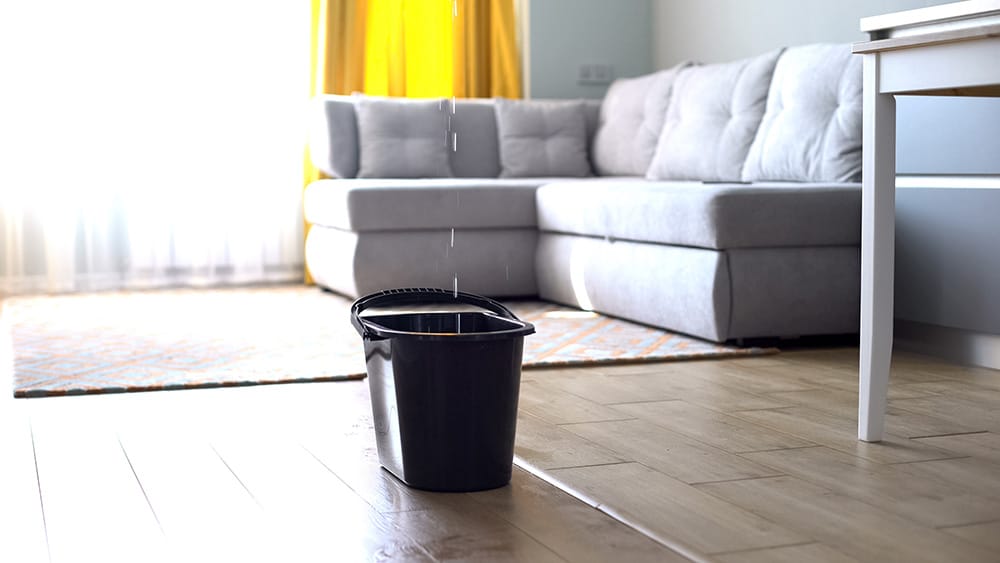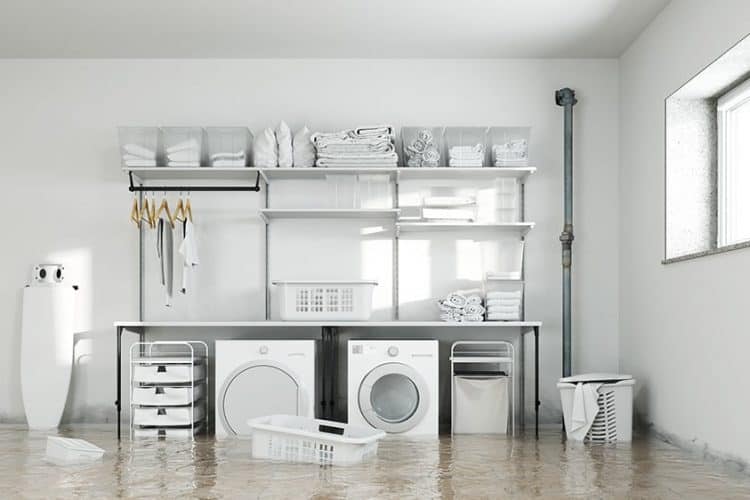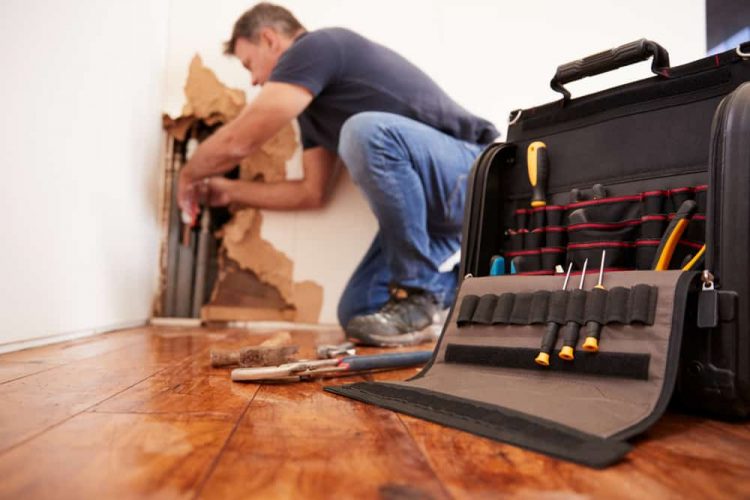
Dealing with water damage in any part of your home can be an ordeal, but when it originates in the attic, it can be one of the worst situations in terms of structural damage and mold potential. It is not unusual for water damage that started in the attic to lead to multiple other areas of the home needing repairs as well. While you may have the best intentions to handle any water damage issues yourself, when it comes to your attic, it is best to call in professional help.
Deal with Water Damage in the Attic Immediately
The challenge with finding water damage in your attic is that by the time you come across it, it has likely been there for a while. As water travels downward, it can be seeping into walls and other places. Hot and humid attics can also be the perfect breeding ground for mold, which can spread easily through your HVAC system from above.
When you discover water damage in the attic, you need to address it immediately. The most common cause of water damage in this part of the home is from roof leaks, which can result in structural damage from wood rot and support beams. Water can penetrate roof sheathing or flashing, enter through vents or broken seals on skylights and find its way through cracked areas in chimneys. If your home has pipes or ductwork in the attic, leaks in those systems can also result in water damage.
Common Causes of a Leaky Roof
Anytime a roof is damaged, water can seep in through the slightest opening. For example:
- Broken seals: Skylights and cables, wires and pipes that enter and exit through the roof all require sufficient weatherproof sealing to ensure water stays out. However, those seals can degrade over time and provide a route for water when it rains.
- Tree branches: Branches and limbs that grow too large or close to your home can threaten the integrity of your roof during a storm.
- Clogged gutters: When gutters are clogged, they cannot properly drain water off your roof and away from your house, which forces water to accumulate in areas where it should be properly draining. As the water sits, it can degrade the roofing materials enough to find a way into the attic.
Steps to Take When You Discover Water Damage in the Attic
If there is water damage in your attic, there are six steps you need to follow. You should only complete these steps if you can do so safely. If there are any safety concerns, call a qualified water damage professional to help
- Find the leak. Determine if the leak is from your roof or some other situation such as condensation building up on pipes.
- Stop the leak. Do what you can to stop the leak, even if you can’t entirely fix it yourself. The goal is to stop or slow the water from accumulating to the best of your ability. If you can’t stop the source of the leak completely, try to temporarily contain the water using buckets, towels, etc. to prevent seepage into other areas
- Determine the damage. Find all the points of damage you can and make note of any areas of possible secondary damage, such as water leaking into walls and threatening your home’s structural integrity or electrical wiring.
- Remove damaged items. Damp or soggy insulation, furniture and other items stored in the attic should be removed as soon as possible. Make sure to use PPE. Check all your items for mold. If you find mold, you may want to consider hiring a professional to complete your project. Meanwhile, dispose of any items beyond repair.
- Dry the area. To the best of your ability, dry the area. This will help prevent mold from establishing or developing further. If you are unsure if you have completely dried the area, pursue the next step.
- Call a water restoration professional. The attic is a difficult area to remediate on your own. Call a professional to make sure the damage is fixed and mold is removed completely.
Preventing Leaks in the Future
Preventing future water damage in your attic involves both indoor and outdoor maintenance.
Outdoor Maintenance
If you live in an area where trees lose their leaves in the fall, be sure to clean your gutters regularly.
Inspect trees around your property and remove any tree branches that may pose a threat to your roof during a storm. Be sure to check local laws regarding trees encroaching from another property. Also, consider having your roof inspected regularly.
Indoor Maintenance
On the inside, ensure your appliances (dryer, kitchen vents and bathroom vents) are vented outdoors and not into the attic as is sometimes the case. Improper venting can cause condensation and moisture buildup that sometimes leads to mold.
Also, upgrade your insulation to ensure better temperature control. In the cooler months, insulation can keep the attic warmer, and in the hotter months, it can keep the attic cooler. Insulation should be fluffy and adequate for the space, and it’s also not for the average weekend warrior. This is a good job for professionals.
Call 1-800 WATER DAMAGE
Water damage in your attic is not a trivial matter. It can lead to structural issues and the establishment of mold that will impact your health. 1-800 WATER DAMAGE has helped many homeowners handle water damage in their attics, and in most cases, the damage was worse than they initially thought.
When you have an issue with water damage in your attic, a professional water damage service can handle the clean-up and remediation to make sure you’ve dealt with the entire problem.
To enlist the experts at 1-800 WATER DAMAGE, call or email us today.



